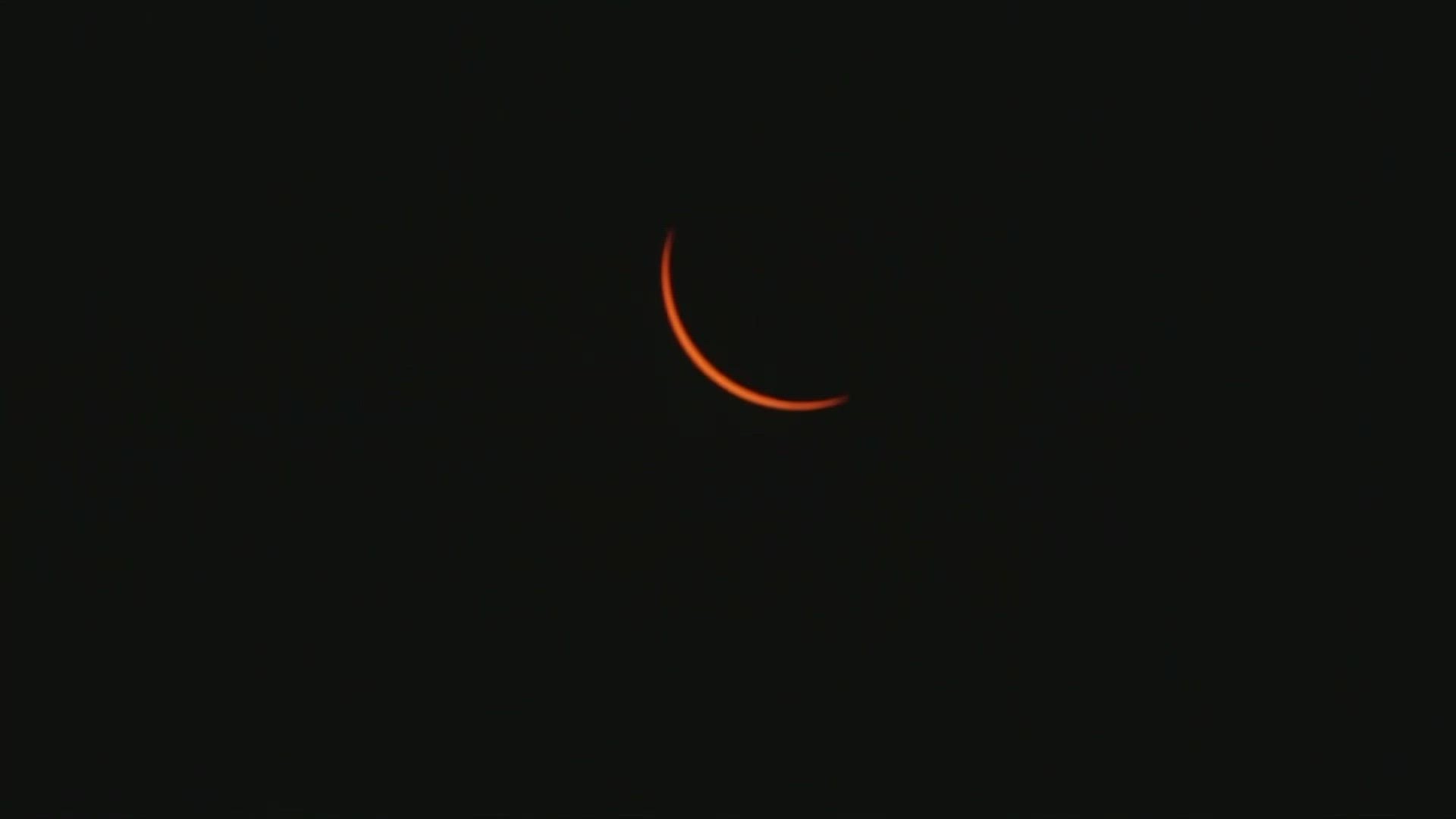LOUISVILLE, Ky. — Millions of Americans will look up to the sky on April 8 hoping to catch a glimpse of the total solar eclipse.
The once-in-a-lifetime event promises to be a spectacular dance between our sun and moon, but those aren't the only celestial bodies up in the sky at that time.
Some planets, and a comet, will be visible for those in the path of totality.
While the sun and moon take center stage for the spectacle, retired NASA Astronaut Commander Terry Virts explained the solar system has even more to offer during those few minutes of darkness.
"Once it gets completely dark, Venus and Jupiter will be out and you will be able to see them," he explained. "There’s [also] a comet called '12P.' It looks like the devil’s horns.”
Commonly referred to as the “Devil’s Comet,” 12P/Pons-Brooks only orbits the sun every 71 years.
You can catch it sharing the sky with the eclipse as long as you have binoculars or a telescope. Just keep in mind, you will need to have a special solar lens on the telescope or binoculars.
Virts is one of the few to witness these wonders of the solar system firsthand. He described the Earth like a spaceship going through the solar system. He would know, he spent a total of seven months in one -- even getting a cosmic perspective of an eclipse during a mission in 2015.
"We looked out; and sure enough, you could see this big black spot on Earth, you know, maybe 100 miles or maybe a couple 100 miles across, it was pretty big," he said. "Moving across Earth, it was really amazing to see it put it in perspective that the earth is like this spaceship going through the solar system. And there's other planets and moons out there.”
The astronauts aboard the International Space Station were equipped with sunglasses. Virts said they did not need eye protection since they were looking down at Earth and not up to the sun like we will be in less than two weeks.
Make it easy to keep up-to-date with more stories like this. Download the WHAS11 News app now. For Apple or Android users.
Have a news tip? Email assign@whas11.com, visit our Facebook page or Twitter feed.

